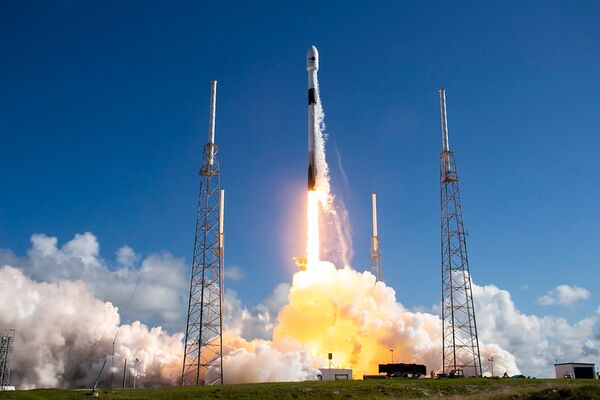
<div><img class=”invisible” style=”display: none” src=”[images%7COpenAccessDataProvider]319ca3a5-a524-444f-b89e-95e6b0eae24b?sfvrsn=1b8e7a1_2″></div><div class=”w-100 position-relative”> <img src=”/ResourcePackages/Janes/assets/dist/images/placeholder-16-9.jpg” class=”invisible w-100″> <div style=”background-image: url(“https://www.janes.com/images/default-source/news-images/bsp_66782-jdw-24275.jpeg?sfvrsn=1b8e7a1_2″)” class=”news-hero bg-center bg-cover position-absolute left-0 top-0 h-100 w-100″></div></div>
<p class=”text-body text-muted small”>SpaceX’s Falcon 9 rocket (pictured) launched South Korea’s first military reconnaissance satellite on 1 December. The satellite is expected to strengthen the RoK Armed Forces’ early warning capabilities against potential North Korean threats. (SpaceX)</p>
<p>South Korea has launched its first military reconnaissance satellite using SpaceX’s Falcon 9 rocket.</p>
<p>The Falcon 9 rocket carrying the reconnaissance satellite was launched from the Vandenberg Space Force Base in California on 1 December, South Korea’s Ministry of National Defense (MND) announced on 2 December.</p>
<p>The satellite separated from the Falcon 9 after about 14 minutes of the launch, and made its first communication with an “overseas” ground control station after about 78 minutes, confirming that it had been placed in orbit in “good condition”, the MND said.</p>
<p>Once the Republic of Korea (RoK) Armed Forces complete in-orbit testing, the satellite will start conducting surveillance and reconnaissance operations, the MND added.</p>
<p>The reconnaissance satellite has been developed and launched as part of a programme called Project 425, which aims to launch four more reconnaissance satellites by 2025. The MND contracted SpaceX in April 2022 to launch these satellites.</p>
<p>According to <em>Janes</em> data, Project 425 is valued at about KRW1 trillion (USD770.8 million), and will involve development and production of satellites with synthetic aperture radar (SAR) and electro-optical infrared capabilities, enabling the generation of high-resolution remote sensing imagery. These satellites are being developed by the MND in collaboration with Korea Aerospace Industries, Hanwha Systems, and Thales.</p>
